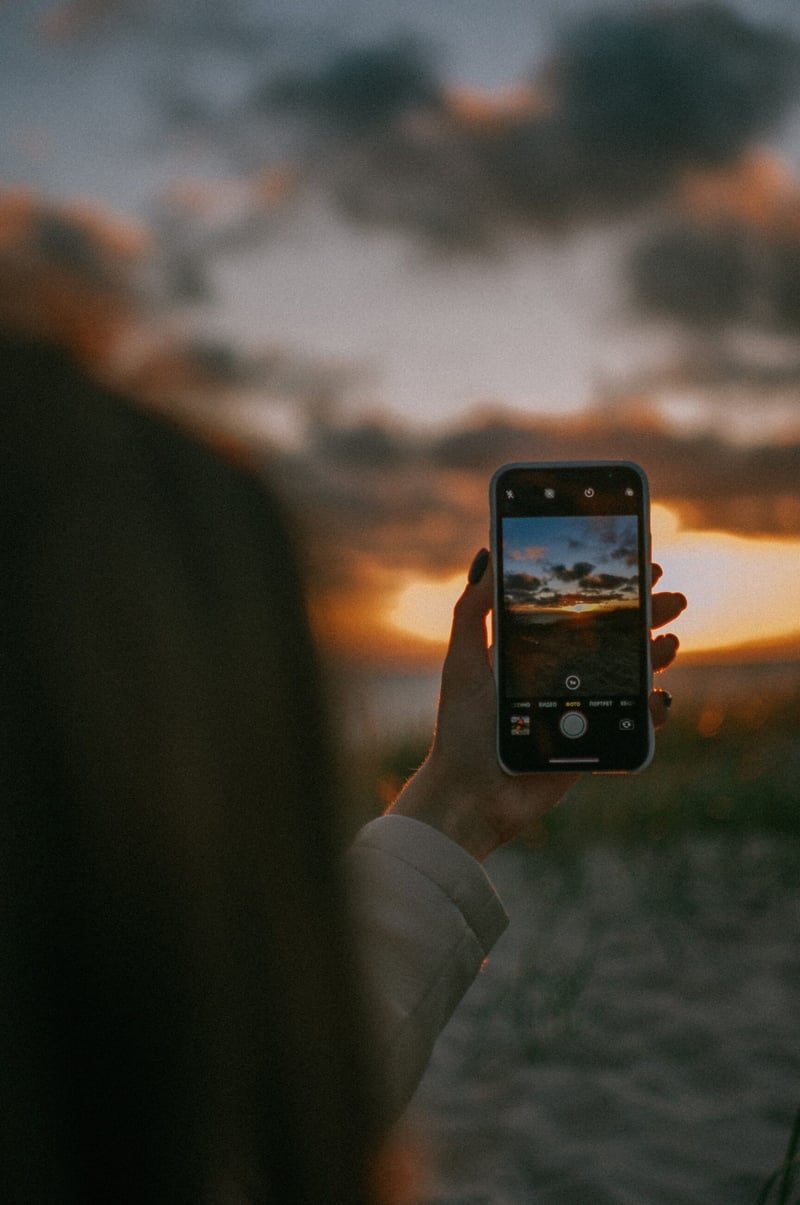“Picture-Perfect” moments at Granny Mouse
Written by: Steven J Brown Save to Instapaper
We all want to remember our memorable moments, and what better way than with our camera which these days is literally in your pocket!
You don’t have to be an expert photographer, as we now have the technology at our fingertips, and you can improve your skills much quicker by just using a phone. Who would have thought 200 years ago that this would be possible?
The team at Granny Mouse wanted to share how those picture-perfect moments came about, and just how they capture the beauty of this iconic Midlands destination every day.
The first cameras were used not to create images but to study optics, and the first recorded image was an Arab scholar, Ibn Al-Haytham (945–1040) when he invented the camera obscura to demonstrate how light can be used to project an image onto a flat surface.
By the mid-1600s, with the invention of finely crafted lenses, artists began using the camera obscura to help them draw and paint elaborate real-world images. Using the same optical principles as the camera obscura, the magic lantern allowed people to project images, usually painted on glass slides, onto large surfaces. Then, German scientist Johann Heinrich Schulze conducted the first experiments with photo-sensitive chemicals in 1727.
In 1827, French scientist Joseph Nicephore Niepce developed the first photographic image with a camera obscura, but the process took eight hours of light exposure to create an image that would soon fade away. Fellow Frenchman Louis Daguerre took another dozen years before he was able to reduce exposure time to less than 30 minutes and keep the image from disappearing afterward, this being the first practical process of photography.
The ability to create multiple prints came about thanks to the work of Henry Fox Talbot, an English botanist, mathematician, who sensitized paper to light using a silver-salt solution. He then exposed the paper to light and by 1841 perfected the paper negative and called it a calotype, Greek meaning Beautiful.
By the mid-1800s, scientists and photographers were experimenting with new ways to take and process pictures that were more efficient, which led to negatives being printed on glass. The process, patented in 1856 by the American scientist Hamilton Smith, used iron instead of copper to yield a positive image, but both processes had to be developed quickly before the emulsion dried. In the field, this meant carrying along a portable darkroom full of toxic chemicals in fragile glass bottles. Photography was not for the faint of heart or those who traveled lightly!
From the need for portable darkrooms and technicians and waiting days or month for images the early 1940s ushered in commercially viable colour films by Kodak, Agfa, and other film companies.
Instant photography was invented by Edwin Herbert Land, and in 1948, he unveiled his first instant-film camera, the Land Camera 95. Over the next several decades, Land's Polaroid Corporation would refine black-and-white film and cameras that were fast, cheap, and remarkably sophisticated, but colour film was only introduced in 1963!
Over the next several decades, major manufacturers such as Kodak in the U.S., Leica in Germany, and Canon and Nikon in Japan, would all introduce or develop the major camera formats still in use today.
The first digital camera sold in the U.S, appeared in 1990 and by 2004 they were outselling film cameras in a big way. Obviously, all mobile phones as we know them today all have cameras, with Samsung having introduced the first smartphone camera in 2000.
Apple later went on to introduce its smartphone camera in 2007, and other companies went on to follow. By 2013, smartphones with camera capabilities were outselling digital cameras more than 10-to-1.
In 2019, more than 1.5 billion smartphones (most of which have camera capabilities) were sold to consumers, compared with about 550,000 digital cameras over roughly the same period.
So, next time you’re at the “picture perfect” Granny Mouse Country House & Spa with your camera/phone at the ready, here is to look back and thanking the folks who afforded you the opportunity in capturing all your memorable moments!
Reference“A Complete History of the Camera Phone.” / https://legacybox.com/blogs/analog/the-history-of-cameras
Get new press articles by email
Latest from
- Park Square inaugural high tea!
- The Sun & Your Skin - Great Tips for Summer Skincare
- Park Square Keeps On Giving With Dear Santa!
- A R300 000 ENTREPRENEUR BUSINESS START- UP PACKAGE IS UP FOR GRABS!
- It’s Going To Be A Funfilled Festive @ The Pav!
- Tucking into taptuck!
- Something Borrowed, Something Blue!
- Taptuck has your school solutions covered!
- Why one should create a water feature in your garden!
- Pumla Vilakazi – inspired to grow small business
- The Midlands “Mouse House” Team will take care of your team!
- Fidzani Nduna – balancing societal needs with profit
- Granny Mouse Welcomes Executive Chef Lebo!
- Tapping into White!
- Touch Wood - Launch was a success!
The Pulse Latest Articles
- Zuru Turns Fifa World Cup 2026™ Into The Next Global Collectibles Phenomenon (December 17, 2025)
- A Refreshing Spin On A Joburg Roadblock With Pura Soda And Saps (December 17, 2025)
- Education Is The Frontline Of Inequality, Business Must Show Up (December 11, 2025)
- When The Purple Profile Pictures Fade, The Real Work Begins (December 11, 2025)
- Dear Santa, Please Skip The Socks This Year (December 10, 2025)
